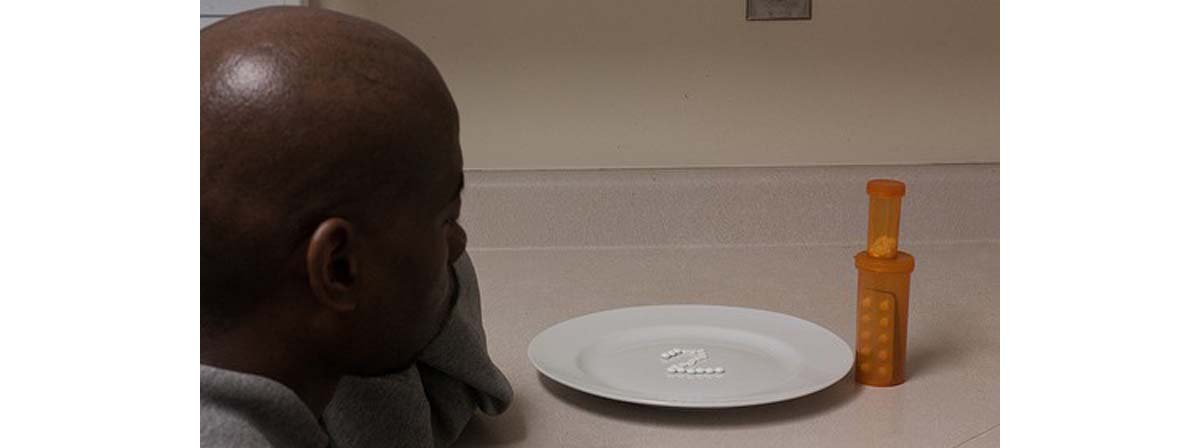Table of Contents
Improved funding of academic research would certainly help to see more bright ideas in the area of cancer therapy. This is clear for everyone, but everyone also understands that funding is not everything and there are other issues that have to be addressed.

Safety of drugs and regulatory burden
Development of new drugs not only requires lots of money, but also takes lots of time. Clinical trials can take many years. This ensures that every new drug is thoroughly tested and safe to use in the target group of patients. However, many researchers question the wisdom of excessive regulations in regards to clinical trials. Absolutely safe drugs do not exist in nature, and it is reasonable to ask if additional regulations on top of the existing ones make new medicines any safer. After all, excessive testing means higher cost of development, which will be eventually passed on to the customers in the form of expensive drugs. Regulatory requirements create bureaucratic burden and slow down the whole process. Additional regulations are introduced every year. Unfortunately, more regulations do not necessarily mean better drugs. The calls to introduce better regulations as opposed to more regulations can be heard often in the medical circles.
Some newly developed anticancer drugs are so expensive that they are simply unaffordable to the patients. Moreover, since the benefits are limited, insurance companies and national health services often refuse to cover their cost. The excessive cost of these drugs directly relates to the high cost of their development and the financial pressure of Wall Street to bring the profits.
Better early diagnostic of cancer can bring significant benefits
Better early diagnostic methods can bring real improvements to the survival of cancer patients. Cancer mortality is much lower for those tumor types where such methods are available. Unfortunately, for many common cancers such as lung cancer, stomach cancer and colorectal cancer no reliable early diagnostic techniques are currently developed. Finding of easily identifiable molecular markers and introduction of screening programs can have major impact on cancer statistics in these cases.
Personalized medicine and genetic screening allows better choice of treatment
The level of response usually correlates with particular mutations in cancer. To prescribe a correct treatment, clinicians need to know the genetic profile of each particular patient. Without genetic screening, drugs are assigned on the basis of doctor’s opinion with certain degree of guessing. If drug doesn’t work, a suitable alternative is used instead. No need to mention that such approach is not only dangerous for patient’s health, but also wasteful in terms of finances.
We have to address a lot of issues to achieve better level of cancer treatment. Some of these issues are purely scientific, but many others require action from governments and regulatory bodies. Personalized approach to cancer patients and general cancer screening programs can bring significant benefits very quickly once they are implemented.
- Adams, D.J. (2012) The Valley of Death in anticancer drug development: a reassessment. Trends in Pharmacological Sciences 33, 173-180
- Hait, WN (2010) Anticancer drug development: the grand challenges. Nat. Rev. Drug Discov. 9, 253-254
- Leaf, C. (2004) Why we’re losing the war on cancer and how to win it. Fortune 149, 76
- Kola, I and Landis, J. (2004) Can the pharmaceutical industry reduce attrition rates? Nat. Rev. Drug Discov. 3, 711-715
- Photo courtesy of Tips Times by Flickr : www.flickr.com/photos/tipstimes/8431518433/
- Photo courtesy of Phillip by Flickr : www.flickr.com/photos/tyfn/8588797706


Your thoughts on this